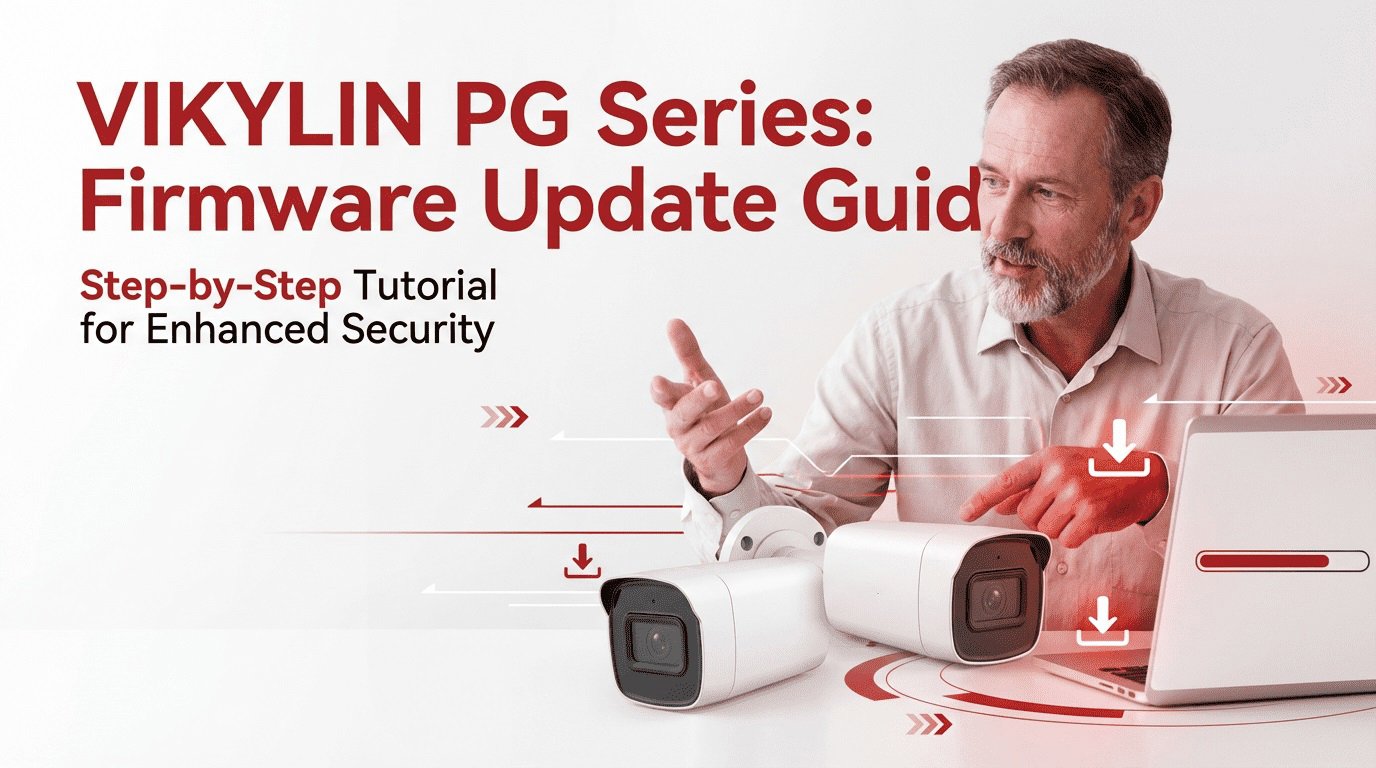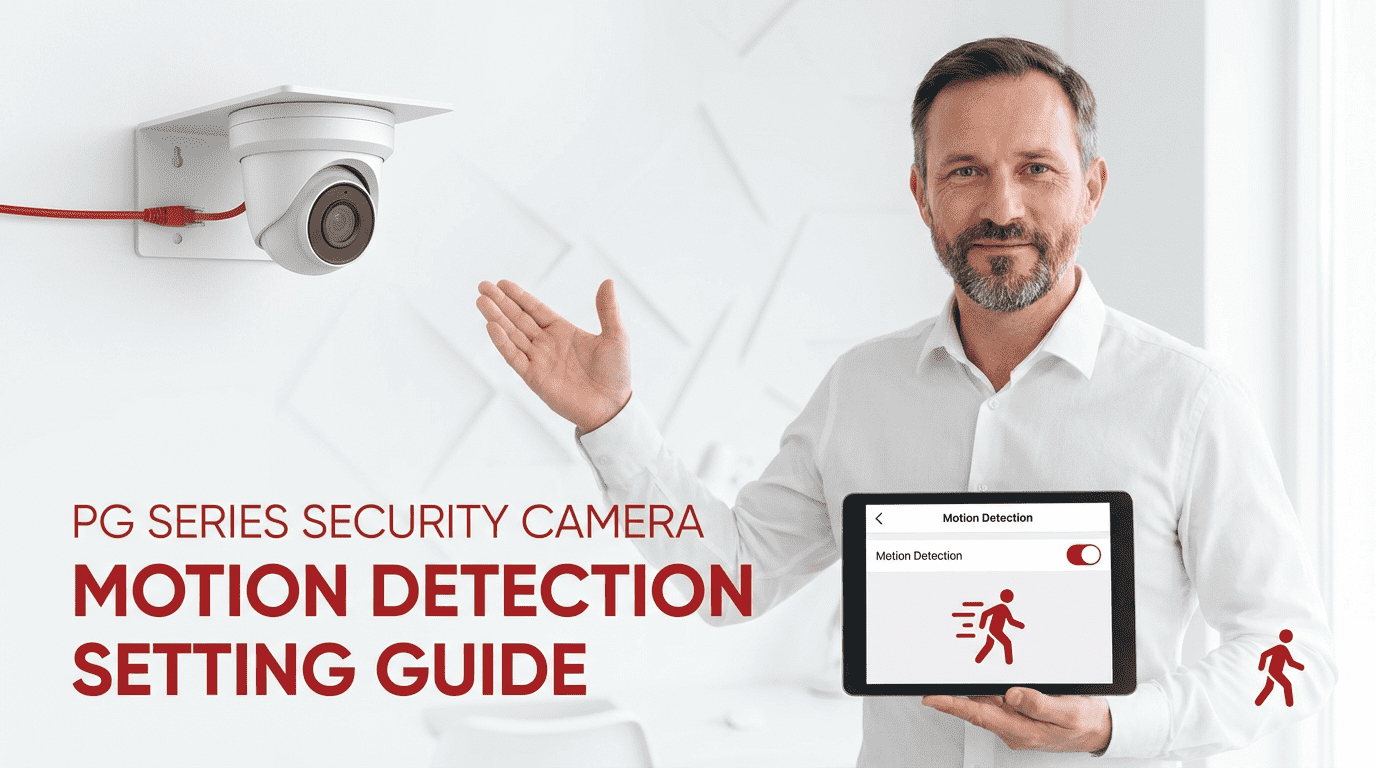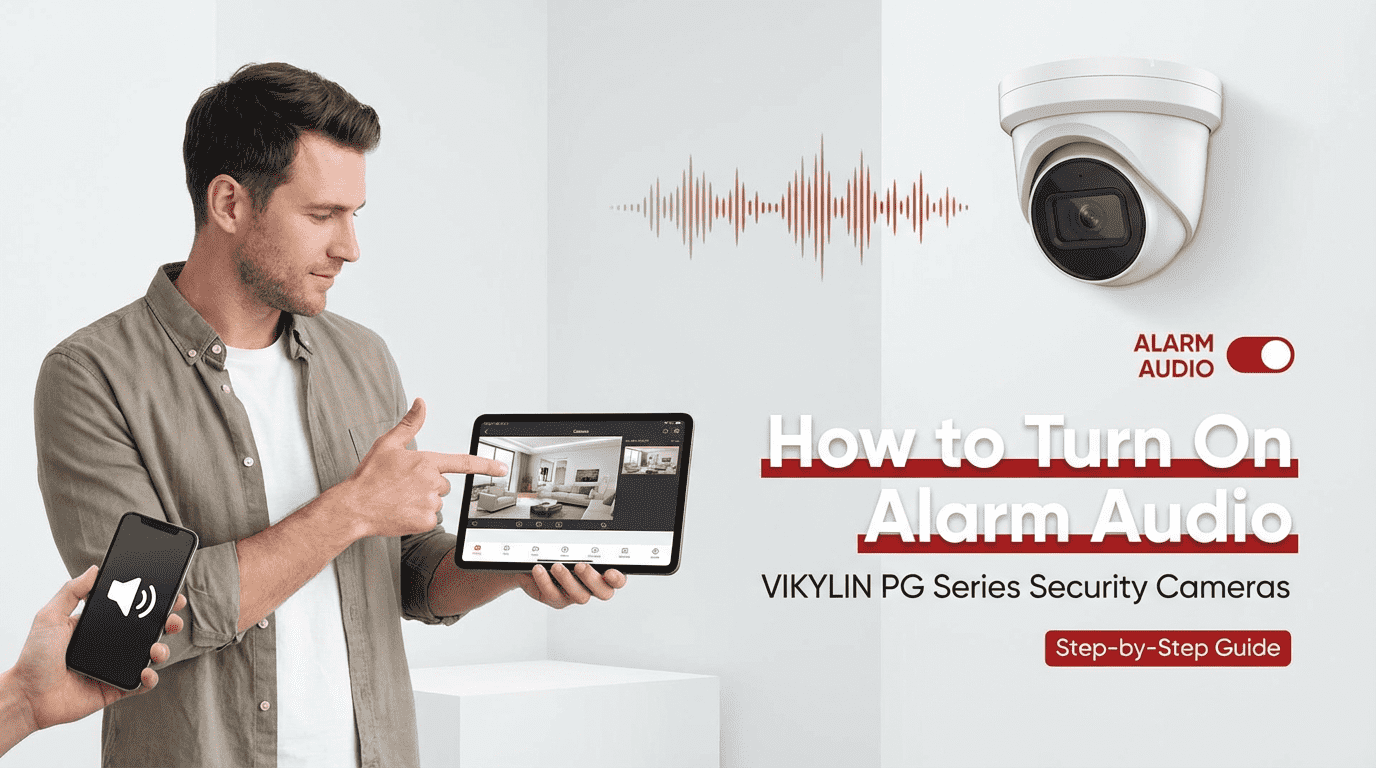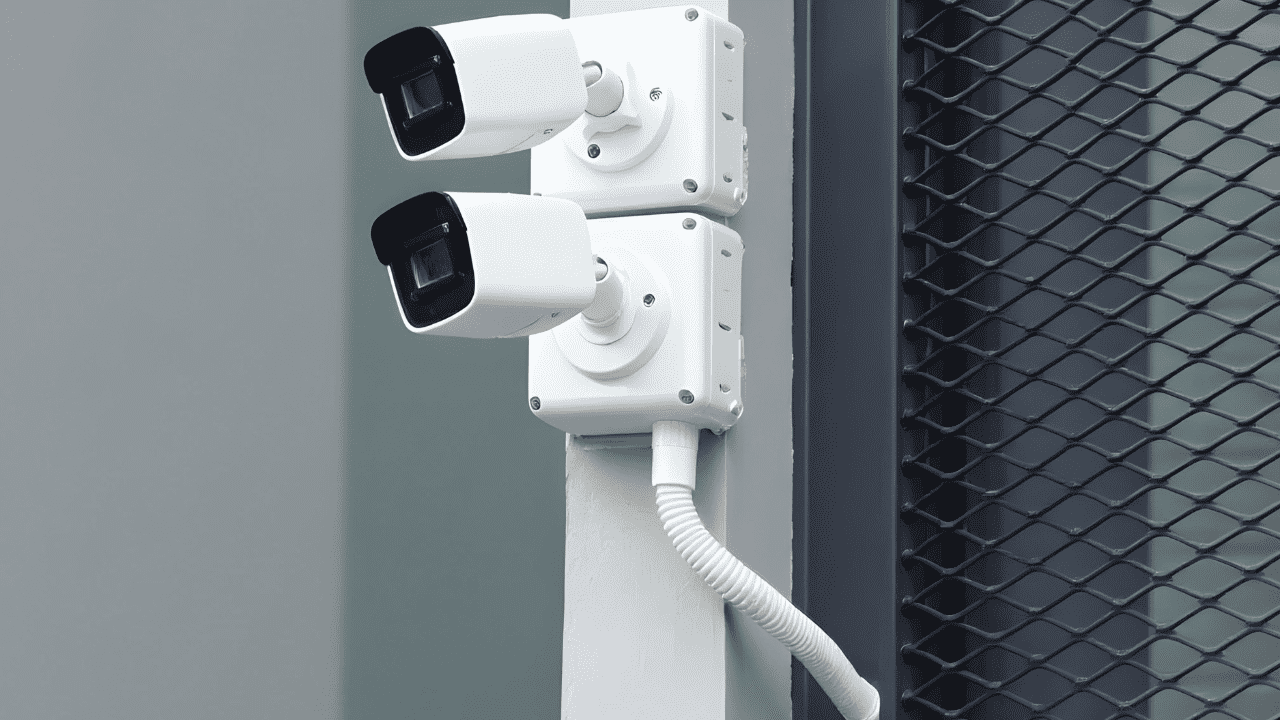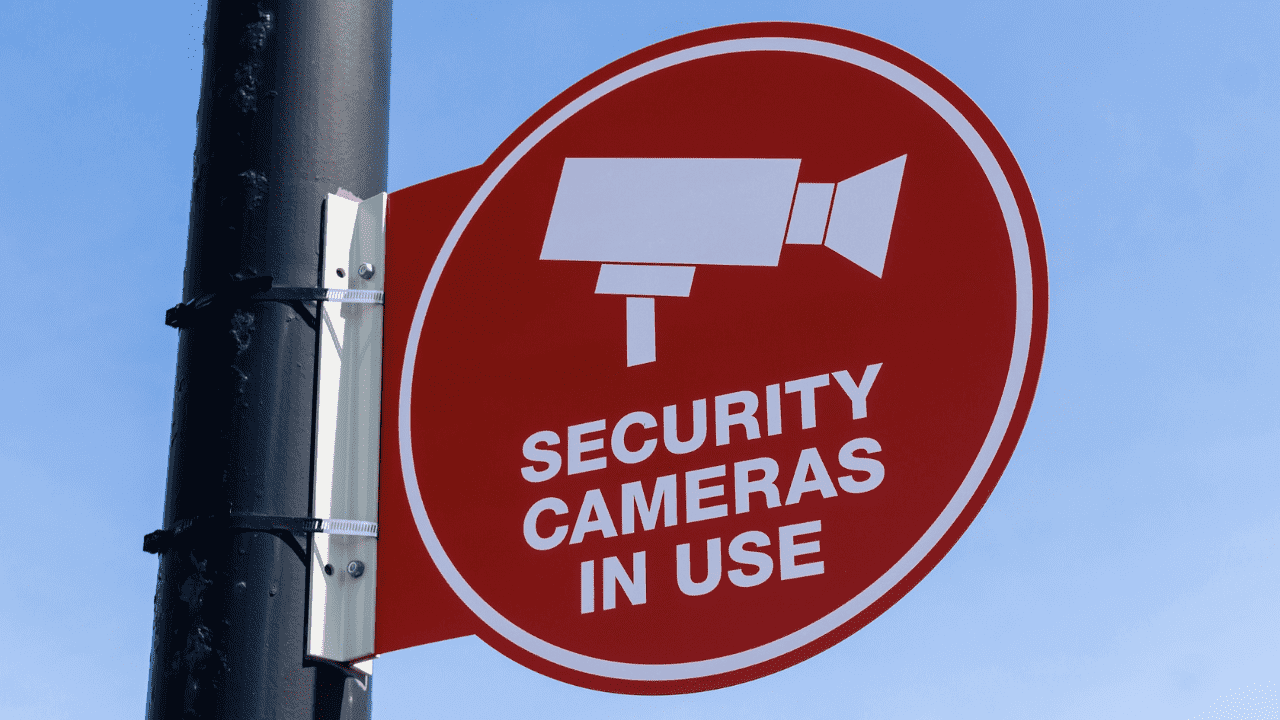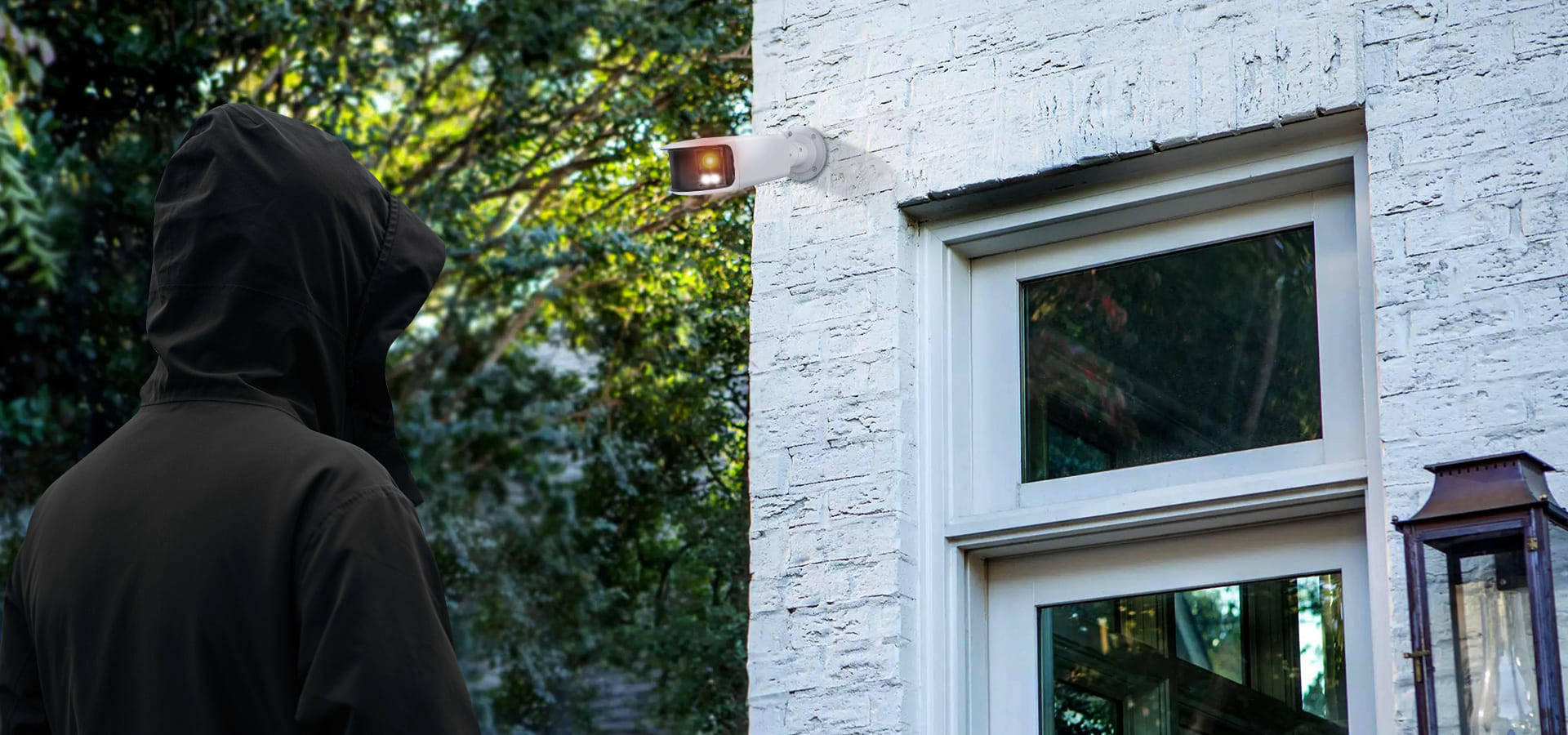The use of security cameras in classrooms has become a topic of considerable debate. With advancements in surveillance technology, including features such as two-way audio and remote monitoring via mobile APPs and PC clients, the installation of school security cameras is increasingly feasible. However, this raises important questions about privacy, security, and the overall impact on the educational environment.
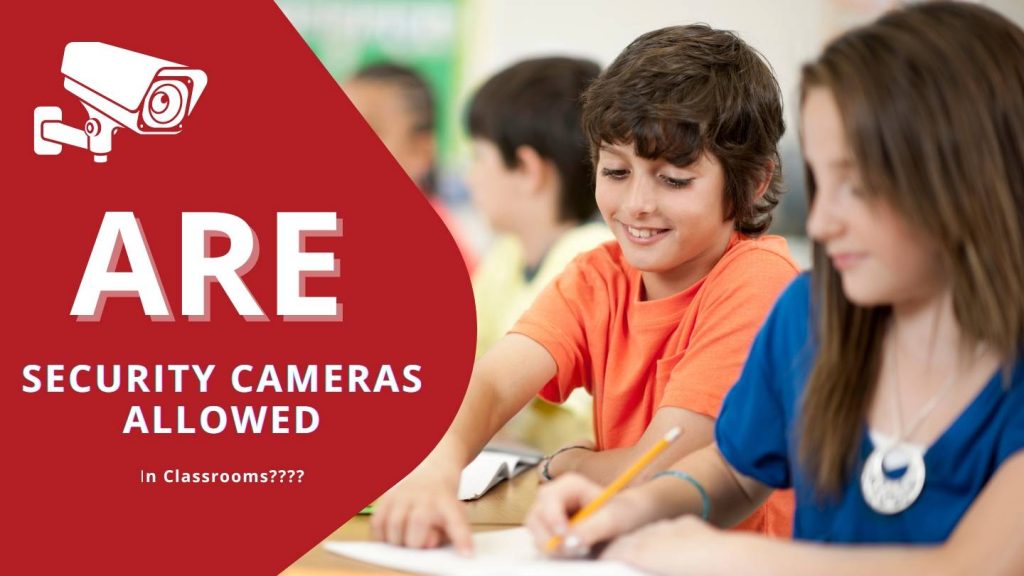
The Case for School Security Cameras
Proponents of school security cameras argue that they can significantly enhance the safety and security of students and staff. school security cameras can serve as a deterrent to potential threats, such as intruders or acts of violence. In the unfortunate event of an incident, recorded footage from cameras can be invaluable for investigations, providing clear evidence to authorities.
Additionally, school security camera systems can help in monitoring and addressing issues such as bullying, vandalism, and unauthorized access. It can encourage better behavior among students, knowing that their actions are being recorded. This can create a more disciplined and respectful environment, conducive to learning.
Privacy Concerns and Ethical Considerations
On the other hand, the installation of security cameras in classrooms raises significant privacy concerns. Classrooms are spaces where students and teachers interact in a relatively private manner, and constant surveillance can lead to a feeling of being watched, which might inhibit free expression and participation.
The presence of school security cameras can also raise ethical questions. For instance, who has access to the footage? How long is the footage stored? And what measures are in place to ensure that the footage is not misused? Schools must have clear policies and guidelines addressing these questions to protect the privacy rights of students and staff.
Legal Framework
The legality of installing security cameras in classrooms varies by region. In some areas, there are strict regulations governing the use of surveillance in educational settings. These regulations often require that schools obtain consent from parents and staff, inform all parties of the presence of cameras, and ensure that the use of cameras is justified and proportionate.
In the United States, for example, the Family Educational Rights and Privacy Act (FERPA) provides guidelines on student privacy, and any surveillance in schools must comply with these regulations. Schools must also adhere to state-specific laws that may impose additional requirements.
Finding a Balance
To strike a balance between safety and privacy, schools considering the installation of security camera systems should engage in open dialogue with parents, students, and staff. Transparency is key – clearly communicate the purpose of the cameras, how the footage will be used, and the measures in place to protect privacy.
Moreover, schools should consider the strategic placement of cameras. Rather than placing them directly inside classrooms, security cameras indoor can be installed in common areas such as hallways, entrances, and playgrounds. This approach can enhance security while minimizing the intrusion into the classroom environment.
Conclusion
The question of whether security cameras in classrooms should be allowed is complex, involving considerations of safety, privacy, legality, and ethics. While the potential benefits in terms of enhanced security and behavior management are significant, they must be weighed against the potential impact on privacy and the educational atmosphere.
Ultimately, any decision to install school security camera systems in classrooms should be made with careful consideration of all stakeholders’ views and in strict compliance with legal and ethical standards. By finding a balanced approach, schools can create a safe and secure environment that also respects the privacy and rights of students and staff.

